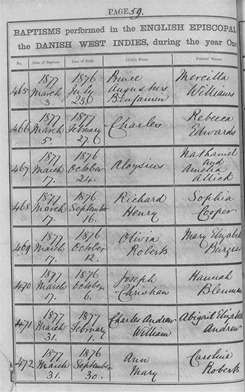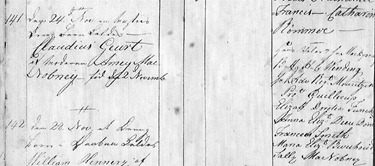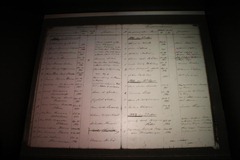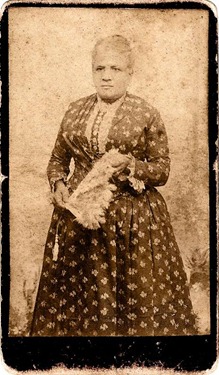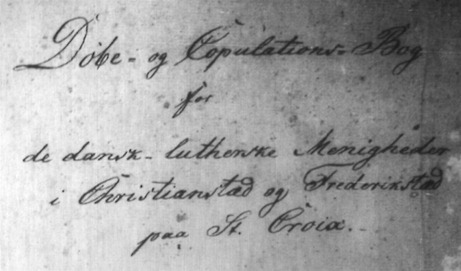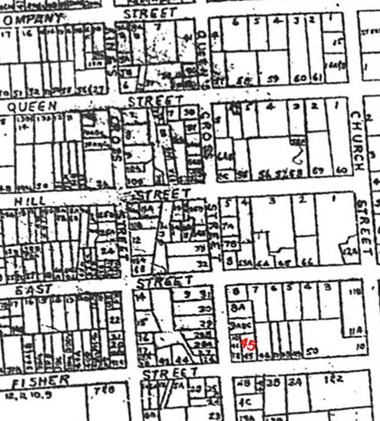I just found out that the microfilm roll I ordered from the FHL is in. It is the Lutheran church records for St Croix (FHL INTL Film 38861) covering:
- Baptisms 1797-1865
- Confirmations 1788-1860
- Marriages 1788-1864
- Burials 1788-1822
- Communicants 1805-1818
Given the number of Lutherans in my van Beverhoudt family, this may be a gold mine, and it may be a dud. I’m hopeful for the latter. I figure it will take me a while to get through the roll, given the time it took to go through the Anglican records posted by FamilySearch.org, so if I’m doing the time perhaps I can help someone else too.
If you think your ancestor might be on this roll, please let me know what to look for so I can keep an eye out for it. I’ll need to know the names and approximate dates, and which section (baptism, marriage, etc.) I should look in. If I can, I’ll try to get a scan of the relevant pages.
I’ll start at the beginning and go to the end either way, and after I finish this roll, I’ll order another (unless I find that my family didn’t go to that church). The collection is 4 rolls.
I’m hoping to get started Monday Oct 10, so let me know if you want me to look for something.
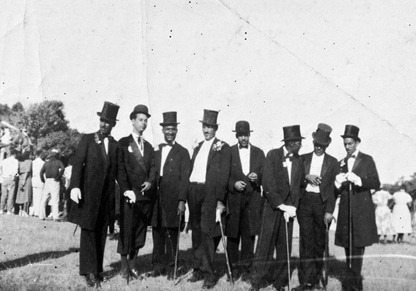 As my loyal readers (both of you) will recall, I am going through a boxload of old pictures from my grandparent’s house in St. Croix. While many pictures are of family and friends (and I know who they are now!) many are of the island, the island people, and events. Some were sent to my family but most were taken by my grandfather, Ludvig Conrad. To date, I have scanned over 1,400 pictures from that box.
As my loyal readers (both of you) will recall, I am going through a boxload of old pictures from my grandparent’s house in St. Croix. While many pictures are of family and friends (and I know who they are now!) many are of the island, the island people, and events. Some were sent to my family but most were taken by my grandfather, Ludvig Conrad. To date, I have scanned over 1,400 pictures from that box. 
